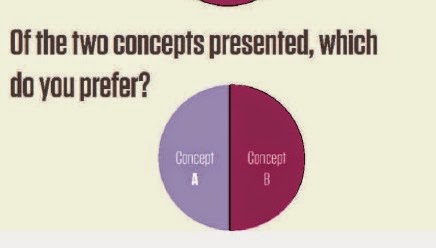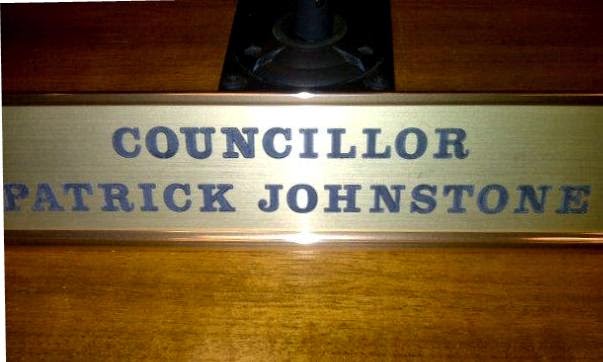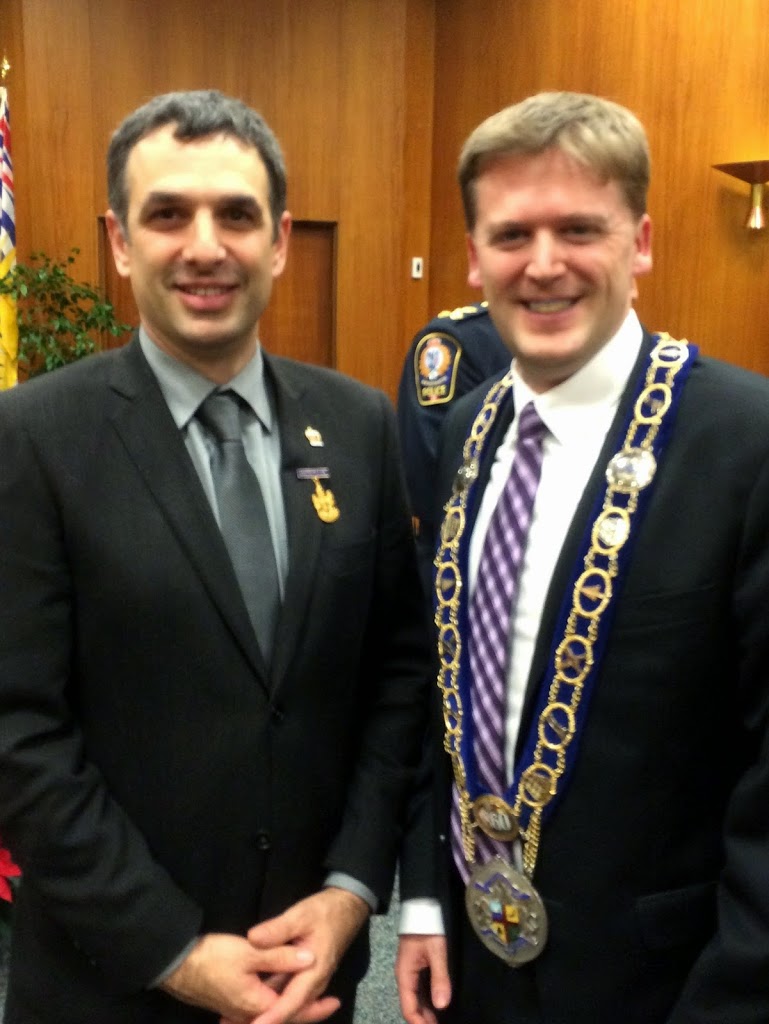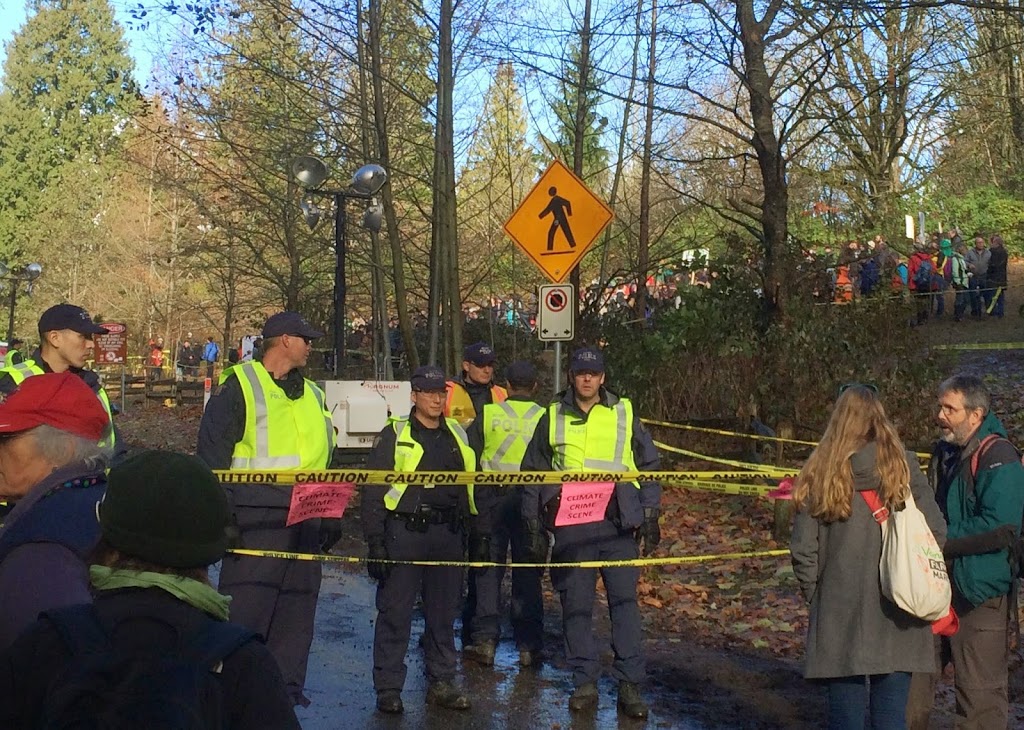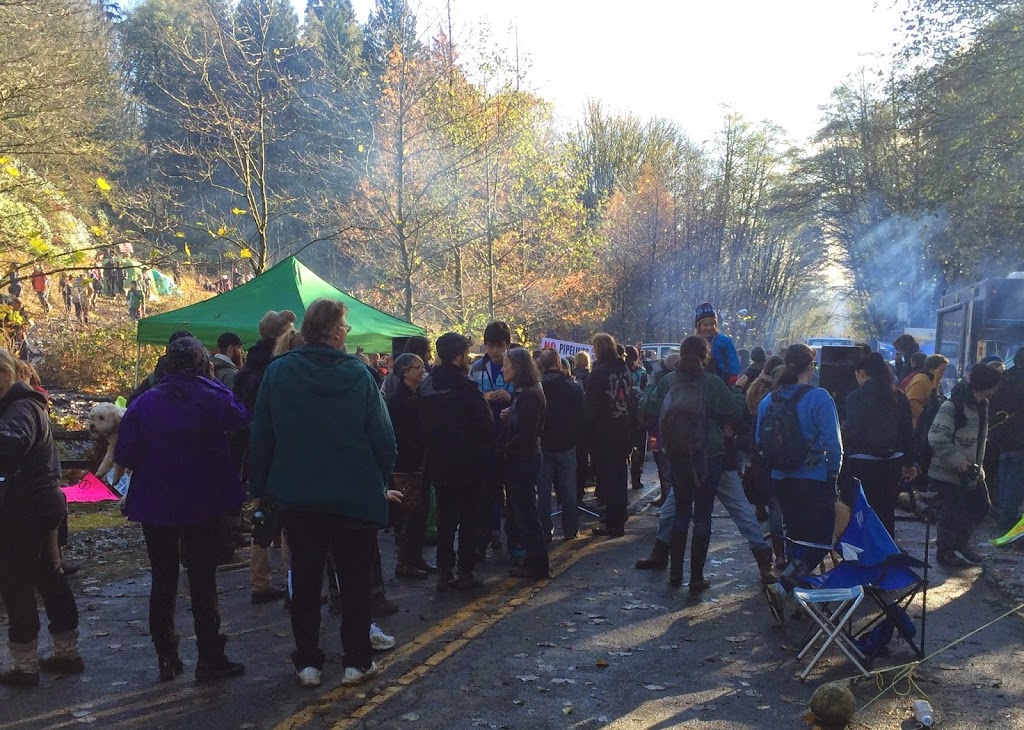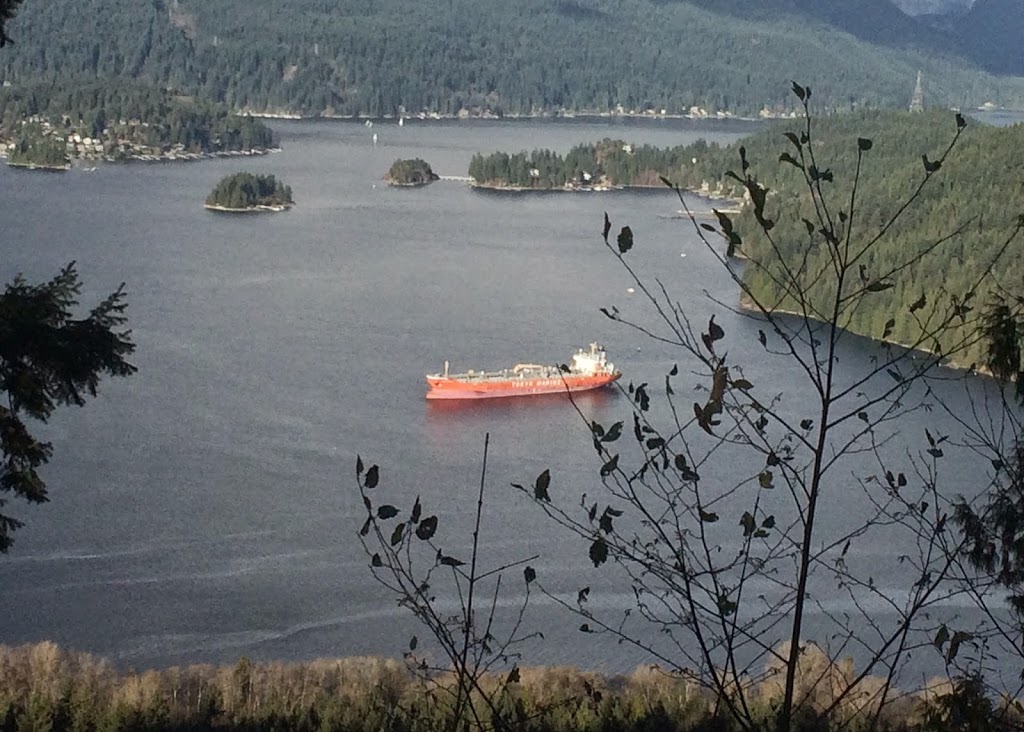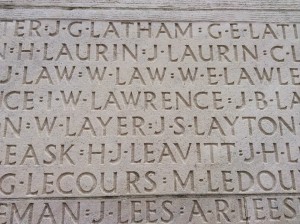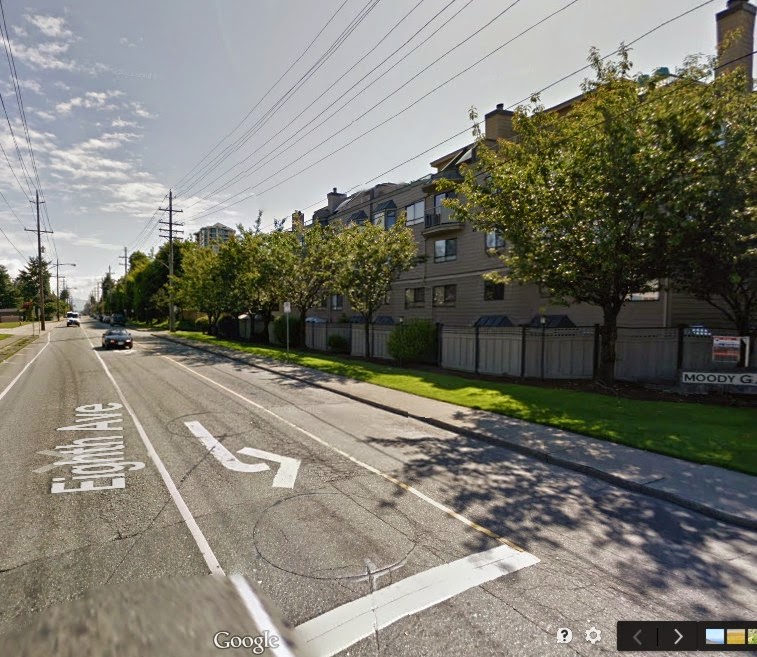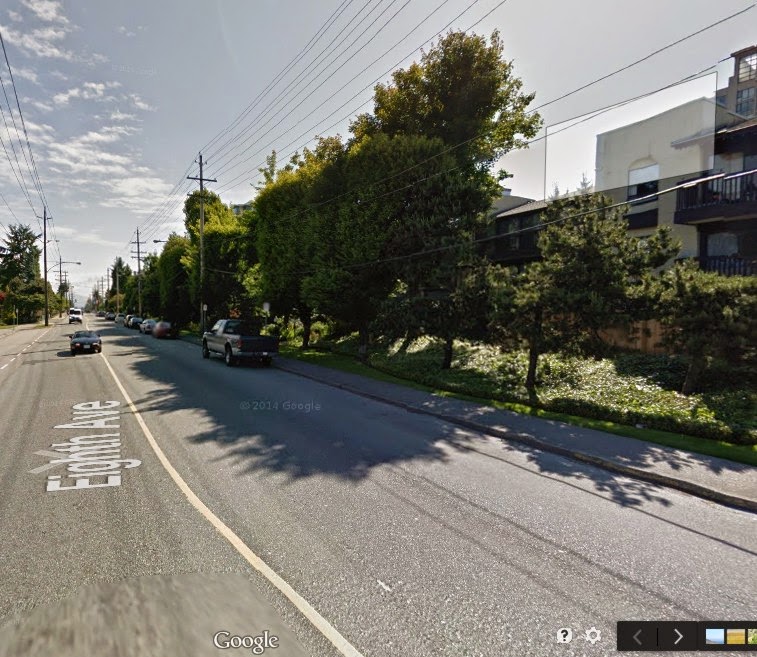Part of my plan for becoming a City Councillor, and one of my promises while campaigning, was that I was going to open up what takes place at Council, and communicate more directly from the Council Table. So this is the first of what I hope will be a 4-year series of blog posts following after Council meetings.
There are a number of things that will complicate this process. There are things we discuss in camera that I cannot report out on according to the Local Government Act, and there are projects that will go to Public Hearing that it would be in inappropriate for me to share opinions about prior to that hearing as per the same Act. However, Council does make decisions every meeting that cause people to wonder where the decision came from, and why we voted the way we do. It is reported out in Council Minutes, but I hope to cast a little light on that, from my personal viewpoint.
I cannot, of course speak on behalf of the other Council members, the Mayor, or the City as a legal entity – everything below are my opinions and observations only. So keep these caveats in mind, as we dive into the agenda of my first meeting. December 8, 2014. Most of these topics relate to reports provided in the Committee of the Whole earlier in the day, and can be read here.
I also apologize that this report took almost a week to get organized. Hopefully as I get more into the groove, I will figure out a more efficient way of writing these things while still making it understandable to people. Hey, I’m new at this!
I’m going to skip past the procedural stuff and delegations and get to the business part of the agenda, starting with recommendations from the Committee of the Whole meeting. You can follow along in video form here (select December 8 Regular Council Meeting)
Appointment of Chairs to Advisory Bodies:
This is the Mayor’s prerogative, but Councillors volunteer by listing our preferences, and he makes the final determination. I’m happy with the assignments I received. ACTBiPed has been a passion of mine for a number of years, Access Ability is a natural addition, as there is a lot of overlap, especially in the “Ped” part of Pedestrian. I am glad to be co-chairing Environment with Councillor McEvoy, who has been running that committee for the last few years, and there are few issues coming up where that committee will be front and centre (Urban Forest Management Plan, Kinder Morgan pipeline, etc.). The Youth Advisory Committee is new to me, but I am look forward to getting more involved in the youth programs in the City. I am also going to be involved in the Energy Management Committee, which should dovetail well with Environment, and will be interesting as the City further develops its CEEP and plans for a District Energy Utility.
Addition of Mayor’s Task Forces:
A new Mayor has a few complete powers, and one is the ability to set up new Committees and Task Forces, and these better than anything else so far demonstrate the Mayor’s priorities for the upcoming term (the difference is subtle: A Committee may sit forever to support policy goals in a specific area, whereas a Task Force is usually a temporary group, assembled to get a specific task done, then disband).
I’m really happy to be named to the Transportation Task Force, and the Public Engagement Committee. Both represent areas I talked extensively about during my campaign, and it looks like I will be talking about both of these at length over the next few years!
Municipal Government Campaign Reform:
We tabled this discussion out of respect for Councillor Harper, who could not attend this evening because of a family emergency. He had done a lot of work on this file, and we did not want to make a decision as a Council on this until he was able to provide some public input. Look for this to be a big topic of discussion in the New Year.
Modernization of Council Reports:
This is a bit of an adjustment of how we are going to structure Council meetings going forward. For those familiar with New Westminster Council, the end of the meetings often included a “Council Reports” section, which included announcements of upcoming events or items of community interests, and talked about events that councillors had attended, but often sounded more like an extended “social calendar report out” for the Council. That may be fine, but if it goes on to 45 minutes at the end of a long meeting, it is of dubious value to the community, and takes up a lot of staff time.
Mayor Coté suggested a better model, and after some discussion, we decided to adopt it. The existing “Council Reports” part of the agenda will be re-termed “announcements”, and will provide each Councillor an opportunity to add topic-specific announcements to the agenda, to be presented at that time (i.e. upcoming events). Councillors will still have the opportunity to provide reports on special topics, such as reporting on their attendance at a UBCM conference or providing details of a special project they are leading, but the detailed review of the Councillor’s social calendar since the previous meeting will (hopefully) become a thing of the past. We’ll see how this goes!
Request that Parks Canada designate Hyack Square a National Historic Site:
This is the start of a rather lengthy process to get the location where Wait for me Daddy (the event) occurred, and where Wait for me Daddy (the sculpture) is currently located, designated an Historic Site. There is more to the site than just that event, as this is a site where First Nations lived, it was the edge of the City’s original “Chinatown”, it was the place where troops assembled to be shipped east for WW1 and WW2. The photo is the most recognized historic event, but there is a long and complex history to the site, that Parks Canada may choose to officially recognize. This is the start of the conversation, not the end.
Queens Park Heritage Study:
This was a report received by Council reviewing the work done to date on this study. We received it for information, but no action was required at this time.
700 Sixth St. DVP for Signage:
There will be an opportunity to be heard on this issue on January 26, 2015.
404 Ash Street Development Permit:
This is the site of the fire last January, and I am glad to see that the redevelopment of the site is moving so quickly. Not much to report here, except that it will be a rental building to replace the rental building that was lost, and it will be built on the same footprint.
336 Agnes Street HRA Preliminary Report:
This is the preliminary report on a plan to renovate and preserve the historic Dontenwill Hall. This is a heritage preservation project that will be going to public consultation before coming back to Council, so I will hold comments for now.
Outstanding ACTBiPed Recommendations:
This came from a committee of which I was a part, so I know more about the history of the situation. The ACTBiPed has for several years raised concerns about the prioritization of pedestrian movements over “traffic flow”, especially in some key pedestrian areas like Uptown and Columbia Street. This isn’t just the whinging of a special interest group, this is supported both by the City’s Pedestrian Charter, and by language in the new Master Transportation Plan. There are two recommendations here: one emphasising the need to educate both pedestrians and other road users on pedestrian safety; the other to look at areas of the City where there needs to be more emphasis on the safe and efficient flow of pedestrians than on the less safe, less efficient flow of cars.
On Recommendation 1 there was no debate, and the City is already working with ICBC to provide improved pedestrian safety education. You have probably seen the recent ICBC ads talking about this issue, and the City is handing out reflective wristbands and danglers to encourage pedestrians to be more visible during the dreary winter days.
Recommendation 2 asked if more intersections in the City could adopt the pedestrian model of 6th and 6th – currently the only intersection in the City where the “walk” signal automatically activates every cycle, instead of requiring activation by a pedestrian. For this to prove more efficient (for foot and vehicle traffic), it requires a higher concentration of pedestrians vs. cars than occur anywhere else in the City other than 6th and 6th. The downside to this model is that the audio signal (the chirping you hear to alert the visually impaired about the signal activation) would cycle every time, 24 hours a day. This creates a bit of a noise nuisance for any residents who live near the intersection.
We discussed whether the audio signal alone could be activated by the push button (as it is now), leaving the lighted signal to turn automatically and letting the audio signal only sound where required. This might actually reduce the noise nuisance for these intersections. Staff will report back on whether this is viable.
In light of this, we also asked that staff again review a few of the intersections in the City that are now seeing increased pedestrian use (I picked out Columbia and 8th Street, 8th Street and Sixth Ave, and Begbie and Columbia; Councillor Puchmayr added Columbia and 6th and Columbia and 4th) to determine if making the intersection “pedestrian emphasised”.
This is rather preliminary. There will be a lot of talk about our pedestrian areas as we start to implement the Master Transportation Plan. We need to start thinking about our transportation space in a different way if we are going to protect the livability of our City while still managing the growth that the Regional Growth Strategy sees coming our way. Which brings us to:
BC on the Move – 10-year Transportation Plan Public Engagement:
This is a strange piece of public engagement by the Province, and strangely timed. That the Provincial Government would initiate a Transportation Plan consultation at the exact same time as the Translink Referendum details are being ironed out is strange. After doubting that the Mayors would be able to come together with a comprehensive plan for regional transportation investment, the Ministry is seemingly wanting to run it’s own process parallel to this. Meanwhile, several major transportation investments of dubious value have just been completed (PMH1, Sea-to-Sky) or have been promised come hell or high water (Massey tunnel replacement) without the approval of the Mayors and in contrast to the stated goals of the existing regional plans that impact transportation in our region – the Livable Region Strategy and Transport2040. Combined with the more integrated projects (such as the long-overdue Evergreen Line), we still don’t know what the effects of these major shifts in our City will be.
Regardless, the City’s response is pretty easy to put together. New Westminster provided comment drawn from its own Master Transportation Plan, and from our position of agreement with the existing regional transportation plans, and added a call for more consultation with the public and regional authorities prior to plan finalization.
The part I added was about starting the discussion on a costing mechanism for these works. Specifically, we need the province (who are the only jurisdiction with this power) to start discussing updated regional tolling policies. And that may take some background.
There is no doubt that the current ad-hoc tolling method is not serving New Westminster, or the region, fairly. The traffic impacts we have seen since the tolling of the Port Mann, and the Province’s insistence that the Pattullo (and New Westminster’s surface streets) are a “toll-free alternative” for regional traffic, are hurting the livability of our City. These problems will spread to other communities as new tolled infrastructure places loads on adjacent un-tolled structures, with predictable results for the region. Further, toll evasion is threatening the financial viability of the Golden Ears and Port Mann bridge projects. They are simply not meeting their targets, and will be an on-going financial burden for Translink and province (respectively).
Many have suggested a more equitable regional tolling policy would be fairer to communities, and would provide more stable funding for infrastructure improvements. I have suggested myself that the oft-cited $1 toll per crossing will not be sufficient to provide the funding we need if we are going to build more roads and bridges, nor do we know how that will impact regional driving patterns.
So I have asked out staff to develop a policy paper (much like the one they did for the Pattullo Bridge replacement discussion) that analyses regional tolling policies, where they work and where they don’t, and the impacts on the region and the City of New Westminster if a strategy like this was implemented by the province as part of the 10-year Plan. As a Council, I want to be able to comment to the province from a point of knowledge, and not just engage in the spit-balling guestimating about what should work, like has marked so much of our regional transportation discussion.
This Policy Paper development will be overseen by the new Transportation Taskforce, so I guess we have already started preparing the Terms of Reference!
Car Sharing Policy:
The Car-sharing co-op Modo already has several well-used cars in New Westminster, and there are two ZipCars at New Westminster SkyTtrain station. Car Sharing provides many potential benefits to residents who don’t necessarily want to own a car, but need one occasionally. I don’t see them as a “traffic reduction” solution so much as a space saving solution. The average car spends more than 90% of its time parked, and Cities need to provide between 2 and 3 parking spots for every car. That is wasted space that doesn’t really earn revenue and makes your city less livable. Shared cars reduce these impacts, and for many people, weekly or semi-monthly access to a reliable car can swing the difference between just giving up and leasing a Hyundai, or relying instead on more sustainable transportation in their everyday life, and only using a car when absolutely needed.
In light of new models of car-sharing coming around (ZipCars runs slightly differently than Modo, but both rely on fixed locations for their fleet, Car2Go is much more fluid, and their fleet can move around quite a bit), and with potential benefits to the City of encouraging Car Share, it is a good time to develop a policy about how the designated parking and other needs of the Car Share industry (yes, it is an industry, although Modo operates as a Co-op) will be managed in the City.
Intelligent City Initiative update:
This was an update report on the progress of the ICI, which is a great direction the City is pursuing, and I will talk more about it in a future blog post.
Temporary Borrowing:
This is a procedural Bylaw under the LGA that allows us to set up a Line of Credit, in case we need to draw from it to pay temporary bills. Staff indicated we have not had to draw from our LoC in many years, but it is good accounting practice to have it there in case you need it due to unforeseen events.
General Election Results:
Already covered in detail! This is just the Chief election Officers official report as per the Act.
Moody Park Playground redevelopment:
The plan for the somewhat-overdue revamp of the heavily-used children’s playground at Moody Park looks good! I don’t have kids, but the public consultation seems to have concentrated on getting out to the park in the summer when the people who use the park are there, and the design was somewhat re-shaped by those consultations. Several options were developed, and two final options were taken to the residents which provided this stunning piece of public consultation feedback:
Best I can tell, we have a 50% chance of getting this decision right, but a 100% chance of getting it wrong. Such is politics!
Preservation of West End Greenspace:
This topic came to council via the Parks and Recreation Committee, and sprung at least in part from the mind of pedestrian advocate, West end resident, and 2014 nominee for Citizen of the Year Mary Wilson. She was concerned by a plan to remove some green space in the City from the public realm to private through a local redevelopment, and more holistically about the erosion of public greenspace across the City.
When I was (coincidentally) at the open house this week for the City’s Urban Forest Management Plan, I noted this diagram that showed how our City’s green space is threatened by the gradual increase of built and paved space. This in spite of New Westminster already having a region-leading percentage of our land covered with roads.
The direction to staff is to plan an inventory of greenspace in the City, and to look for opportunities to protect and preserve it. I think this will end up dovetailing well with the City’s Urban Forest Management Strategy if we get far enough along that we are looking for planting areas to enhance the City’s forest. I am glad Mary brought this forward, and was very happy to support it.
Correspondence:
We have not taken action on these correspondence yet, but read ‘em and weep!
Anvil Centre Easement:
Apparently a small portion of Alexander Street extends under the cladding of the Anvil Centre/Merchant Square by something like 50cm. As the City is the owner of both the Street and the Anvil, we must, to be compliant with the Local Government Act, grant ourselves an easement over that road space. We are moving to give the Engineering department the rights to negotiate that easement with itself.Yes, you read that right.
…and that’s about it for my First Council Meeting (except for the singing).
